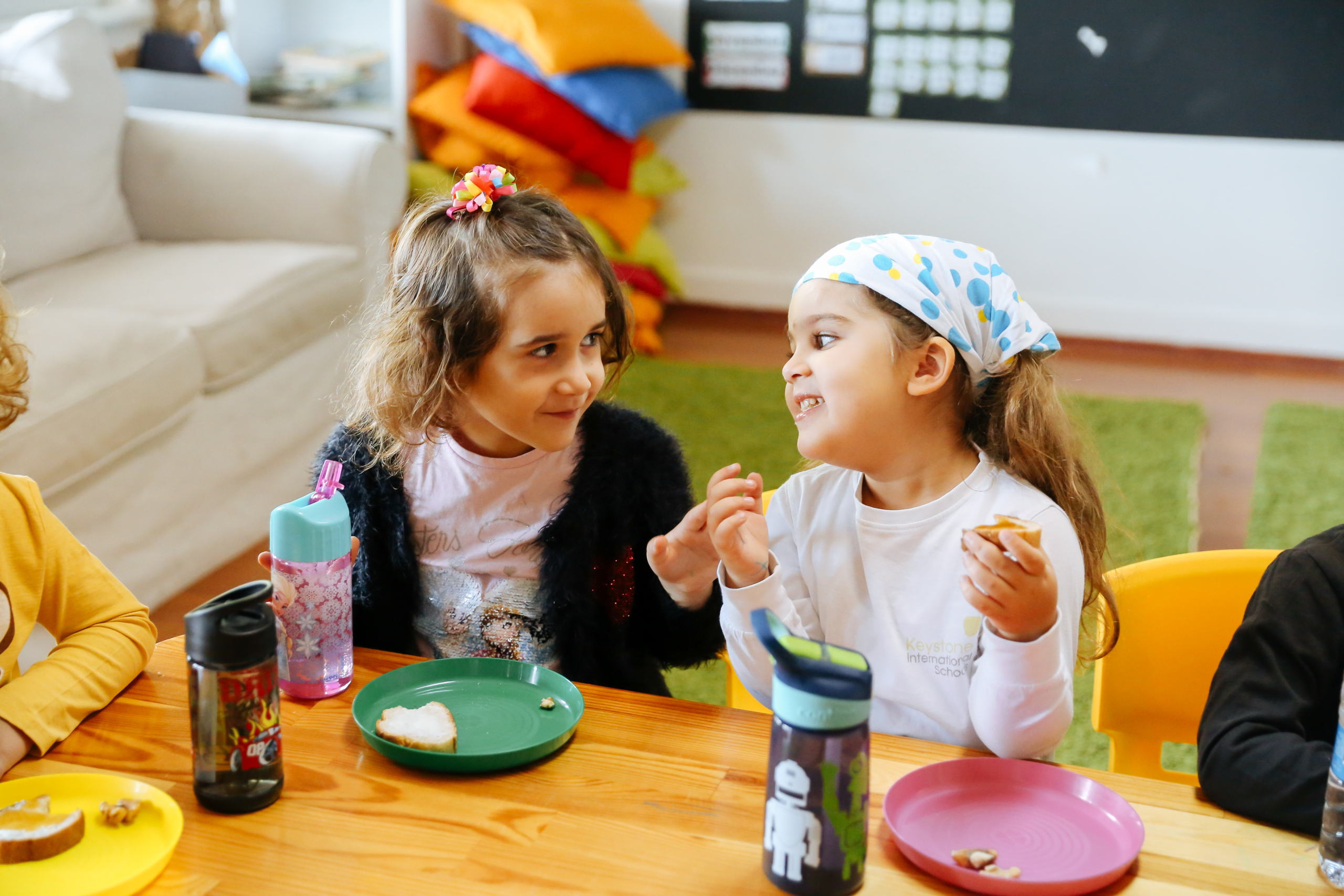Signs of bullying in Kindergarten
What are the effects and how can we prevent it?
Did you know that experts have found that bullying can begin as early as preschool? Bullying is an extremely damaging and unpleasant experience for the child on the receiving end. It is for this reason that understanding the signs of bullying in kindergarten and ensuring prevention the early years is critical.
Signs of bullying in Kindergarten
Due to the fact the children are still learning how to navigate emotional regulation, emerging cognitive function and developing the social skills necessary to resolve conflicts – therefore aggressive behavior is extremely common at this age. This may look like name calling, pushing or taking a toy away from someone else. This behavior however, is to achieve a need of some sort and happen because the child does have the tools or skills to acquire that need in a constructive manner (using their words, asking an adult for help, etc.)
“Bullying, which is marked by an intent to harm, imbalance of power, and repetition, is different from general aggression”
Find quote here
While it is completely normal to see some aggressive behaviours from kindergarten aged children, there’s a line where it becomes problematic. There are key difference between what is considered age appropriate aggression and bullying and it is important to understand the difference. To clarify, bullying is a series of acts inflicted by one child on another child, that are intended to be harmful. These harmful acts are a way for the bully to gain or assert power over a peer. Some signs of bullying in kindergarten are, physical (hitting, hurting), verbal (name calling, degrading) and social (social exclusion).
The effects of bullying in kindergarten
Although children in kindergarten can’t fully understand the effects that their words and behaviours have on other children, that does not change the fact that for the child on the receiving end, the impact is devastating. Consequently, these impacts typically result in significant behavioural changes in young people.
Behavioural changes to look out for:
- Loss of appetite
- Frequent, unexplained stomach aches
- Significant changes in mood (lethargic, melancholy, more sad than usual)
- Difficulty sleeping/nightmares
- Separation anxiety
- Lost or broken personal items (ripped clothes, etc.)
- Showing sudden or unexplained aggression towards parents or siblings
How to help eradicate bullying in the classroom
Ultimately, supporting positive interactions with others is the best way to help children who are demonstrating aggressive or harmful behaviours. For example, helping them to be more mindful about how they make others feel, or using kinder words with their peers is a great place to start! Contrarily, children who have experienced bullying need validation of their emotions, support from adults and help with addressing the situation.
A classroom should be a safe space wherein every child feels valued, accepted and safe. When we consider the above information, we can draw the conclusion that bullying jeopardizes a child’s well-being and quality of education. It is the job of the adults in the classroom to help children understand the weight their words and actions have. In other words, there needs to be giving kindergarten aged-children the tools they need to navigate these incredibly difficult situations.
Preventing bullying in the classroom
- Reading stories about kindness (see link for recommendations)
- Reading stories about emotions and feelings (see link for recommendations)
- Support strong emotional development – help children to recognize and identify their feelings.
- Use activities to give children the social skills for more positive interactions
- Take advantage of a teachable moment
- Develop an intervention or action plan and implement it in the classroom!
- Listening – Trying to figure out the root cause of bullying to get on top of it.
For more tips on how to support a child through difficult emotions, check out or previous blog post on emotional well-being.







